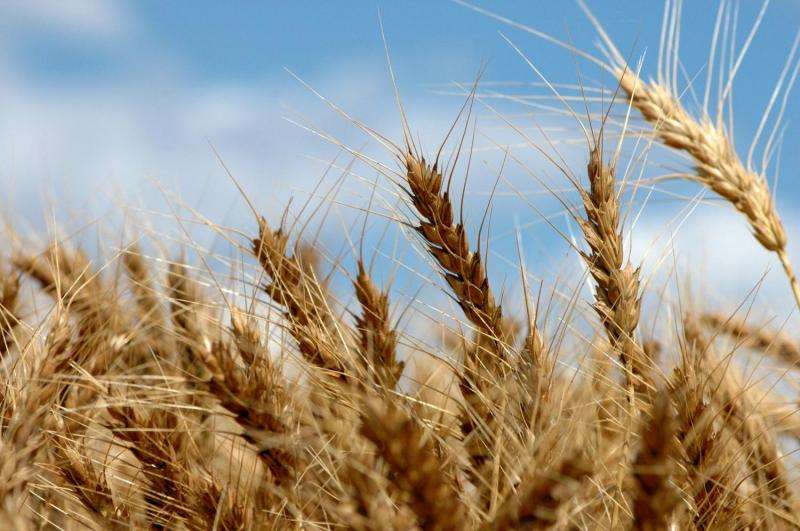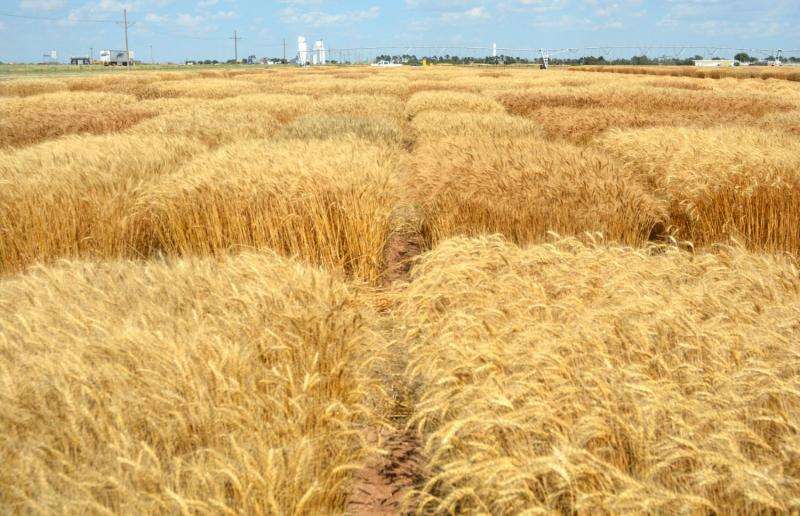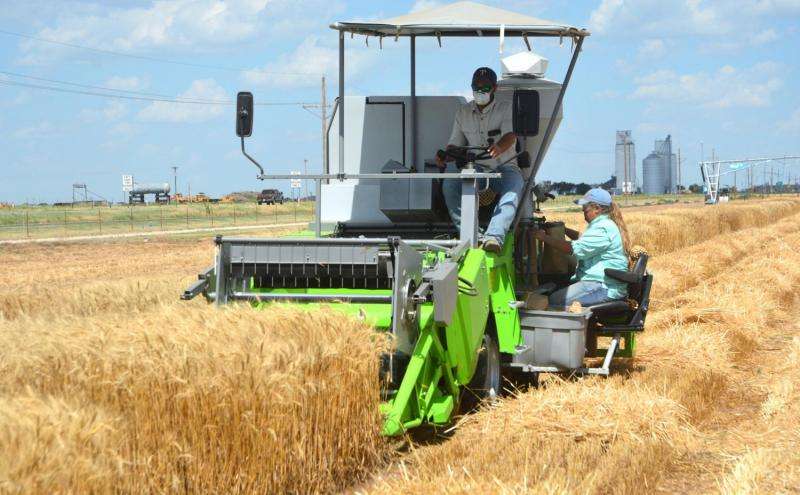Wheat harvest, research successful in the High Plains

Something can be learned from every wheat harvest, but Texas A&M AgriLife Research wheat breeder Dr. Jackie Rudd said it is just "fun" to see the success of this year's bounty.
After four years of drought, a battle with stripe rust and a hailed-out crop last year, reaping 65-70 bushel-per-acre dryland wheat and 90-100 bushel-per-acre irrigated wheat this year in the AgriLife Research plots was a nice change, Rudd said.
"It was a lot of fun," he said. "It was outstanding this year because of the high yields. As a breeding program, what we do is develop new varieties for this area, and the research is all dependent on the environments we get."
Rudd explained that research plots are similar to those of the producer, subject to losses from disease, pests, hail, drought and flooding.
"So much of the rest of the state was either planted late or not at all because of too much water this year," he said. "And a lot of what was planted was hit by stripe rust or sprouting or harvested late because of continuing rains during harvest time."
This year things came together for the High Plains wheat harvest, Rudd said. Test weights were high, yields were high and even though the protein was a little low, it is a very marketable crop.
He explained the protein was a little low because no one was really expecting such a good crop, so additional fertilizer to compensate for the higher yields was not applied. Good April rains and slightly cooler May temperatures were an unexpected bonus for the wheat crop.
Developing a new wheat variety is a 10-15 year process, so after the four drought years of 2011-2014 and last year's heavy stripe rust, "varieties that made it through are showing the best drought tolerance I can honestly say that we have ever had.
"This year we were able to see the high yields on top of the drought tolerance and on top of the disease resistance," Rudd said.
He said several experimental lines looked promising. TAM 111 and TAM 112 are generally used as the germplasm base for these experimental lines.
"Those two varieties did quite well this year, but we had experimental lines that have better drought tolerance than TAM 112 and are higher-yielding than both TAM 111 and TAM 112."

Additionally, TAM 113 and TAM 114 are some of the Texas A&M wheat breeding program's newer varieties for the High Plains, and they did extremely well also, he said.
"It's been very rewarding to see the things we have developed in the past five years perform so well. It's the wide variety of environments that we are able to test under that really contributes to our success."
Rudd said the varieties are not only adapted to the Texas Panhandle and High Plains, but are grown all the way from the southern plains of Texas to Nebraska.
The reason they are so adaptable, he said, is they are tested in research plots across Texas.
"We are not necessarily trying to breed a single variety for the entire state of Texas, but it is important to know how they survive the severe disease pressure found in South Texas, the extreme temperatures of the Rolling Plains, the heavy rains of North Texas and the persistent droughts of the High Plains.

"We know it is our environments throughout Texas that help us develop the best disease resistance that can be found in any wheat program," Rudd said.
This extensive research takes a tremendous team, he said. From fellow wheat breeders and geneticists to the wheat quality lab in College Station to all the assistant and associate researchers and student workers involved in the process, "we have a fantastic team that has led to the success of our TAM wheats."
And the research can't be done without extensive funding from outside the agency, such as the Texas Wheat Producers Association and other private industry sources, Rudd said.
Rudd said he expects all the yield data to be released in the next few weeks at varietytesting.tamu.edu/wheat/index.htm.
Provided by Texas A&M University




















